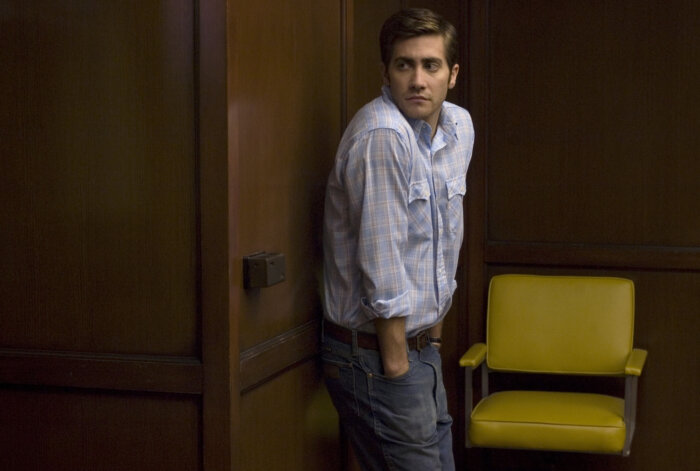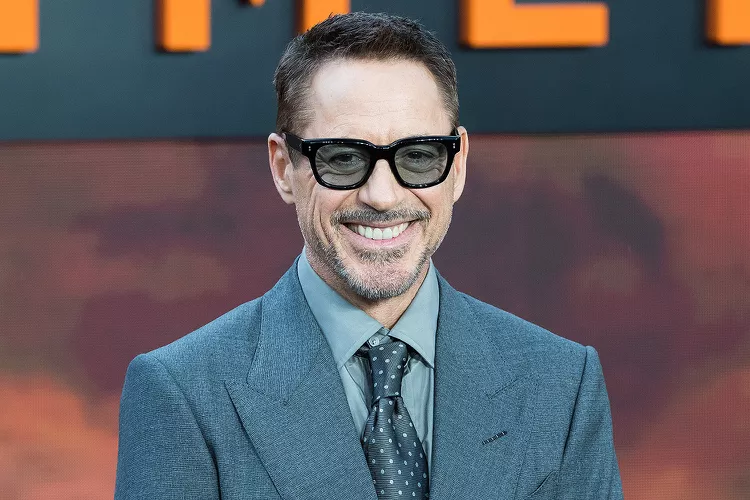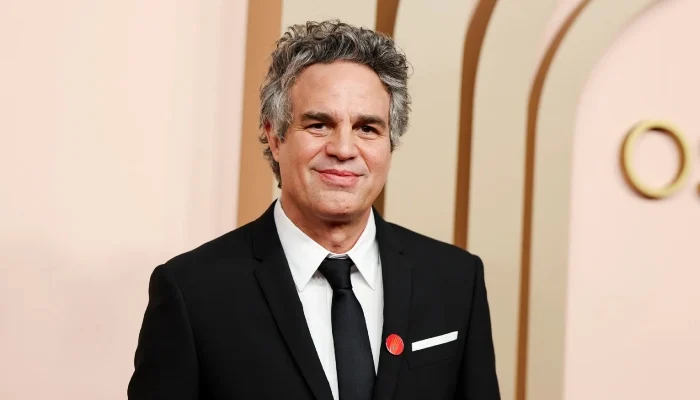Forget the slashers. Ditch the demons. The most terrifying horror movie of the last two decades isn’t a work of fiction—it’s a meticulous, soul-crushing reconstruction of a real-life American nightmare. We’re talking about David Fincher’s 2007 masterpiece, the Zodiac movie. This film is more than just a cinematic production; it serves as an examination of an unresolved case, a poignant ode to obsession, and a meticulous dissection of how fear can paralyze an entire nation. It forces you to confront the grim reality of the Zodiac killer’s true story.
You think you know true crime? You’ve binged the podcasts and scrolled the subreddits. But I’m here to tell you that the Zodiac movie is the genre’s uncompromising godfather. It doesn’t just show you the murders; it drags you into the quagmire of the investigation, forces you to stare at cryptic ciphers until your eyes bleed, and makes you feel the slow, grinding erosion of hope. This film is horror based on a true story, stripped of all glamour and sensationalism. The film is as real as it gets.
What Makes “Zodiac” the Ultimate True Crime procedure?
Therefore, what is it about this film that elevates it beyond a simple serial killer movie? The answer is a brutal commitment to authenticity. While other films in the horror and true crime canon amp up the gore for shock value, the Zodiac movie weaponizes bureaucracy, dead ends, and the agonizing passage of time. The horror here isn’t in a jump scare; it’s in a timecard, a misplaced evidence bag, and a conflicting eyewitness description.
Fincher, a director known for his obsessive attention to detail, doesn’t just direct this movie—he presides over it like a chief forensic investigator. The film is a police procedural, a newsroom drama, and a character study all fused into one relentless narrative. It captures the 1970s-era San Francisco crime scene not with nostalgia, but with the grim texture of a case file pulled from a dusty basement archive. This is the true crime investigation genre, perfected.
The Real-Life Horror: A Historical Context of Fear
To understand the film’s power, you must first grasp the historical context of the real Zodiac killer. From the late 1960s to the early 1970s, a shadowy figure terrorized Northern California. He wasn’t a ghost; he was a media-savvy manipulator who claimed 37 murders, though only five


This era was a pre-internet, pre-DNA profiling America. The case presented a complex mix of jurisdictional conflicts, poor evidence handling, and a killer who possessed a deeper understanding of narrative power than the journalists pursuing him. The infamous unsolved crimes left a scar on the national psyche, a lingering question mark that the Zodiac movie doesn’t try to erase but rather meticulously explores.
How David Fincher Translated a National Trauma to Film
How did David Fincher achieve such chilling realism? David Fincher is notorious for his double-digit takes, and for the Zodiac movie, he channeled that perfectionism into recreating the era and the investigation with forensic precision. The production design is a character in itself. From the specific typefaces on the Zodiac’s letters to the exact model of a taxi cab, no detail was too small.
But Fincher’s genius lies in his cinematic suspense without gore. The lake murder scene is a masterclass in tension, stretching moments into eternities. The basement scene featuring Robert Graysmith and Bob Vaughn, played by the brilliantly creepy Charles Fleischer, embodies pure, unadulterated psychological horror, demonstrating that the most terrifying monster is the one you can’t quite identify. This is Fincher’s crime film style at its most potent: methodical, patient, and utterly devastating.
Behind the Scenes: The Obsession Wasn’t Just On Screen
The commitment to authenticity bled from the director to the entire cast of Zodiac. This wasn’t just another gig; it became an all-consuming project. Jake Gyllenhaal, who plays cartoonist-turned-amateur-sleuth Robert Graysmith, reportedly became so immersed in the role that he adopted Graysmith’s real-life habit of wearing multiple watches.
Robert Downey Jr., portraying the brilliant but self-destructive journalist Paul Avery, brought a chaotic, lived-in energy that perfectly captures the corrosive nature of the story. The methodical police work is embodied by Mark Ruffalo’s Inspector David Toschi, a performance so nuanced you can feel the weight of every lead gone cold on his shoulders. The actors didn’t just play parts; they channeled the exhaustion and obsession of the real people.
A-List Obsession: Breaking Down the Cast of Zodiac’s Best Performances
Let’s get into the nitty-gritty. What makes the cast of Zodiac one of the best ensembles ever assembled?
Jake Gyllenhaal as Robert Graysmith

This is not an action-hero performance. Gyllenhaal captures the wide-eyed, almost naive curiosity that curdles into a life-altering fixation. The film’s tragic, beating heart lies in his journey from a family man to a man possessed by an unsolvable puzzle. You see the light in his eyes dim as the case consumes him.
Robert Downey Jr. as Paul Avery

Before Tony Stark, RDJ delivered a career-high performance as the cynical, witty reporter Paul Avery. He is the film’s chaotic id, the rock-and-roll counterpoint to Graysmith’s square demeanor. Downey masterfully shows how Avery is initially energized by the story, only to be spiritually broken by it, his descent into paranoia and substance abuse a stark warning of the case’s toxicity.
Mark Ruffalo as David Toschi

Mark Ruffalo achieves a remarkable feat: he instills a compelling and heroic quality into the dogged, conventional police work. His Toschi is a noble man trapped in a broken system, his frustration simmering just beneath a calm exterior. It’s a quiet, powerful performance that provides the film’s moral compass, even as it spins wildly out of control.
How True Events Were Dramatized: The Thin Line Between Fact and Fincher
A burning question for any true crime adaptation: how realistic is the Zodiac movie? The answer is staggeringly so. Fincher and screenwriter James Vanderbilt conducted their own deep dive into the case files, directly adapting the film from Robert Graysmith’s two books.
Key moments, like the Zodiac killer’s phone call to the Napa Police Department after the Berryessa attack, are recreated verbatim from transcripts. The meticulous recreations of the crime scenes are based on police photographs and reports. However, Fincher employs artistic license to create a cinematic impact. The intense, aforementioned basement scene is heavily dramatized, representing Graysmith’s fear and paranoia rather than a documented event. The film also strongly implies a single suspect, Arthur Leigh Allen, as the killer, a theory that remains compelling but unproven. This analysis of how true events were dramatized shows a filmmaker using facts as a foundation, not a cage.
The Public’s Verdict: From Theatrical Flop to Unshakeable Cult Classic
Upon its release, the Zodiac movie was not a box office smash. Its lengthy runtime and refusal to provide a neat, satisfying conclusion left some audiences and critics cold. The film struggled to gain traction in a market that was eager for rapid growth.
But time has been the film’s ultimate ally. The rise of the true crime genre and streaming services allowed the Zodiac movie to find its audience. Indeed, it is more than just a film; it serves as a benchmark. Fan reactions and critical re-evaluations have cemented its status as a modern classic. It’s dissected in online forums, with the Zodiac movie ending explained in countless articles and videos, each trying to crack the final cipher of the film’s ambiguous conclusion. It has become, much like the case itself, an object of endless fascination.
(Here, I will add a YouTube link to a compilation of fan theories and reactions about the film’s ending and its prime suspect.)
Why “Zodiac” Endures: The Unanswered Question as the Ultimate Horror
What is it about this film that continues to captivate us? The Zodiac movie serves as a monumental testament to the unknown, reflecting our own obsession with closure in a world of instant answers. It’s a character-driven crime thriller that understands the real monster isn’t always the man with the gun; it’s the void he leaves behind. It’s the terror of an equation that won’t solve, a story that refuses to end.
The psychological impact of unsolved crimes is the film’s core theme. We watch brilliant men pour their lives into a black hole. We see marriages strain, careers falter, and sanity fray—all for a ghost. The Zodiac movie is the definitive historical crime drama of the 21st century because it’s not really about catching a killer. It’s about the terrifying, human need to know and the price we are willing to pay for answers that may never come. It’s a horror story where the monster is the question mark itself.
